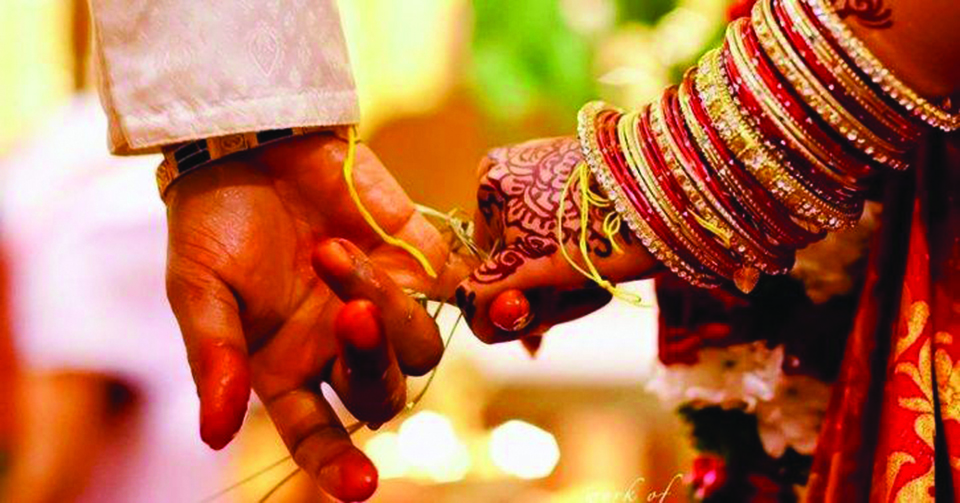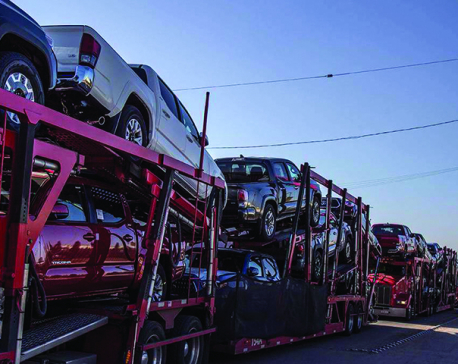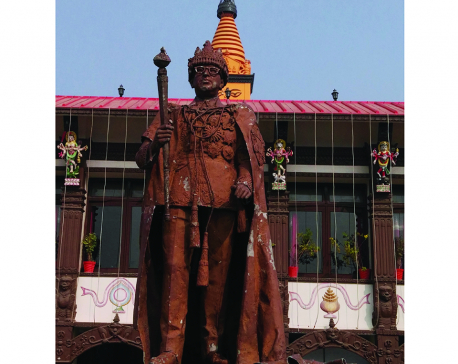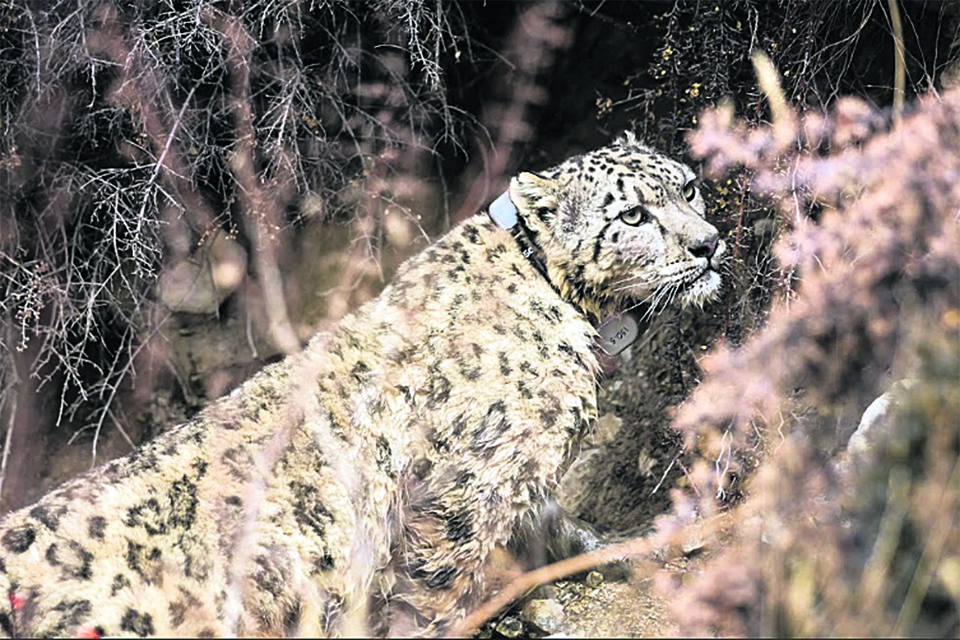
OR

Becoming a couple is among the most complex transitions of life cycle though it’s conventionally regarded as a default human condition
This summer I surrender myself to the will of family and get married with a woman who is an IT graduate. Before and after few days of marriage, all I thought was, what next?
For many people marriage often happens as a life cycle transition that is both expected social trend and uncertain outcome. It’s one of the most important psycho-social adjustment conditions after adulthood.
Becoming couple is among the most complex transitions of life cycle even though it’s conventionally regarded as a default human condition.
This romanticized outlook on institution of marriage may lead couples to distressed position, ultimately creating difficult adaptation situation for both. But marriage practically represents the union of two independent human entities, each loaded with their own feelings and desires, trying to create new version of themselves together. During the first few months of marriage, partner tries to fit in new roles which may be less individualistic and more reciprocal, change their social lifestyle and share close belonging with each other rather than their previous relation circle. In short, everything changes after marriage.
Those days I was desperately seeking some easy mechanism to cope with changes occurring in my life. That’s when I came across one research article published in Scientific American that explained how caterpillar transforms into butterfly. As a student of literature my scorpion mind swiftly correlated the life cycle of butterfly with my situation.
During our lower secondary science class, many of us had learned about the amazing process through which a caterpillar changes into a butterfly. The process usually involves this: A hungry caterpillar gets hatched from egg and hangs upside-down in leafs rapped inside cocoon and one day it comes out as a butterfly. But we were not taught, what actually happens inside that cocoon. How does a caterpillar rearrange itself into a butterfly? As the article writes “to become a butterfly, the caterpillar first digests itself. But certain groups of cells survive, turning it into eyes, wings, antennae and other adult structures.”
If you open that cocoon after few weeks of its conception, you will find no visible caterpillar. Inside the cocoon, the caterpillar digests itself. The enzymes released by this process leave a kind of sticky substance in place of the caterpillar’s body.What enthrals me most about the caterpillar’s transition is that the existence of original worm neither remains whole nor completely vanishes. The “sticky substance” known as ‘goo’ in scientific term is actually a group of cells required to build a new organism. The butterfly’s organs like legs, wings, antenna and other body parts automatically develop from caterpillar’s goo. This transformation process is evolutionary as it’s programmed in the caterpillar’s DNA.
The caterpillar eats and eats for days, preparing itself for the process of self-destruction. I love the way the caterpillar believes it will become a butterfly. It’s willing to break itself down at that time with the hope to grow as a better version in the future.
Sometimes I define myself in terms of my family, my house, and my ability to navigate the future. But I cannot hold onto it long for my environment has changed.
I’m caged between hopes and uncertainty. Shall I change? Shall I abandon my current being and grow more mature? What If my married life becomes worse after these changes? These confusions are usual, even necessary. But after reading caterpillar’s transformation, I realized something significant about how I’ve mis-perceived my transition.
Before marriage we feed ourselves with moral obligations, social roles, duties and lots of promises necessary to have stable life, just as the caterpillar does. We think that same vows and our endeavour to fit ourselves in that idealized version, very different from pre-marriage self, will threaten our current being.
I, along with many other couples who feel uncertain after marriage, am habituated to see marriage as separate stage of life. But it’s the coherent process to bring male and female together for social survival and all changes that occur in process are the trial phase or cocoon stage which we must pass. Learning to be tolerant, interdependent and building ability to accept each other are actually the wings that will make us flyable butterfly. But right after marriage we expect to become a butterfly, we expect endless happiness. We expect the transition to occur rapidly and effortlessly.
When I viewed this period of time as my cocoon phase instead of feeling distressed, I began to enjoy the opportunity to upgrade myself as a good husband. I accepted whatever changes came to my life and adjusted myself in different roles.
So what if life gets a little gooey? Transition phase is supposed be gooey. We must learn to walk through uncertainty before discovering clear path. This mindset helped me a lot to settle my post-marriage distress. If you are also in similar situation, believe me, life has these spaces for a reason. These periods of transition, loaded with all hurdles and difficulties, are essential for our growth. There are times in our lives when we need to go through cocoon to fly as butterfly in the future.
biranchipoudyal@gmail.com
You May Like This

Almost like being prisoner: Mariah Carey on her first marriage
American singer-songwriter Mariah Carey opened up about her first marriage with Tommy Mottola, former Sony music mogul who is 20... Read More...

Mayday for protectionism
Whereas America built less than one million gross tons of ships between 2014 and 2016, South Korea and China produced a... Read More...

Genealogy of xenophobia
In a country burdened by ethno-nationalism, self-destructive jingoism and hubristic self-importance, the politics of prosperity is merely a façade... Read More...



Just In
- 352 climbers obtain permits to ascend Mount Everest this season
- 16 candidates shortlisted for CEO position at Nepal Tourism Board
- WB to take financial management lead for proposed Upper Arun Project
- Power supply to be affected in parts of Kathmandu Valley today as NEA expedites repair works
- Godepani welcomes over 31,000 foreign tourists in a year
- Private sector leads hydropower generation over government
- Weather expected to be mainly fair in most parts of the country today
- 120 snow leopards found in Dolpa, survey result reveals








_20220508065243.jpg)








Leave A Comment